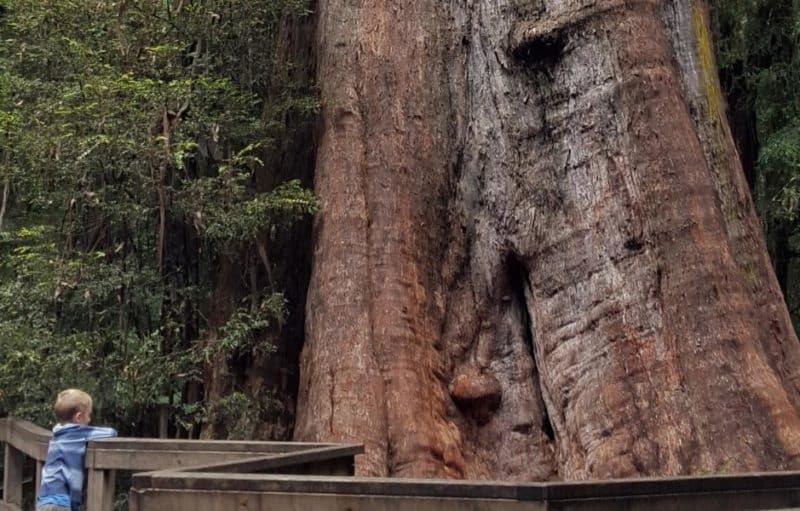PARK WATCH Article December 2021 |
The deeply flawed draft ‘heritage’ horse plan from NSW is a burden for feral horse management in Victoria, Nature Campaigner Phil Ingamells writes.
As long ago as 1986, the environment ministers of Victoria, NSW, the ACT and the federal government put their signatures to a Memorandum of Understanding that would improve conservation management across Australia’s alpine region national parks for decades to come.
Still current (though now signed by the heads of the park management agencies), the MOU promises to achieve “excellence in conservation management … through an active program of cross-border cooperation”.
How strange then, that there seems to have been no attempt to co-operate on the control of some 8000 feral horses that roam on both sides of the NSW/Victoria border.
In 2018, the NSW government passed its extraordinary Kosciuszko National Park Wild Horse Heritage Act, a law that actually protects feral animals in the most prized conservation reserve in that state. This law was largely driven by then Deputy Premier John Barilaro, who has since resigned but left alpine management chaos in his wake.
The natural values of the alpine region of mainland Australia have been the subject of vigilant study by botanists, zoologists, soil scientists and ecologists for well over 150 years. The breadth of that knowledge has been recognised in the National Heritage listing for the Australian Alps National Parks (AANP).
The listing states that “The AANP has outstanding heritage value for the scientific research that has taken place since the 1830s, demonstrated by the density and continuity of scientific endeavour”. That National Heritage listing sits within the federal government’s Environment Protection and Biodiversity Conservation Act 1999, along with recognition of a series of threatened alpine plants and animals, and the critical listing of Alpine Sphagnum Bogs and Associated Fens as a nationally threatened ecological community.
Horses trash peat beds, bogs and fens.
If that needed any further clarification, in a 2019 Federal Court case brought against Parks Victoria by the Australian Brumby Alliance, the Judge unequivocally ruled that controlling feral horses would have no discernible impact on the cultural heritage values of the Australian Alps.
Moreover, the Judge said that the scientific evidence of the damage horses cause was “persuasive” and that retaining horses on the high plains “would not be an appropriate control of the threat they present to ecosystems, habitats and species in those alpine areas”.
The Judge dismissed contrary submissions that horses didn’t harm the high country, saying it “was not supported by scientific studies and was not persuasive”.
He was stating what pretty much anyone who walks in the high country knows, of course, but his judgement after such a comprehensive Federal Court trial should bear decisive weight.
It’s time to stop talking about feral horses, and act.
Meanwhile, the Victorian Government has released its final alpine feral horse management plan that aims to take all horses off the Bogong High Plains within three years, and reduce horse numbers in the eastern alps to at least levels that allow the recovery of alpine ecosystems there.
The ACT has been keeping their Namadgi National Park horse free for decades.
Hopefully, under a new environment minister, the NSW Government will re-interpret its horse heritage law, and all park agencies can fully co-operate on alpine management under the long-standing MOU.
It’s good to speak about ‘excellence’, and ‘co-operation’ in management, but far better to actually enact these things.
Did you like reading this article? You can read the latest full edition of Park Watch magazine online here.
Want to be kept up to date about this and other nature issues in Victoria? Subscribe to our email updates.
You can also receive our print magazine Park Watch four times a year by becoming a member. Find out more here.
